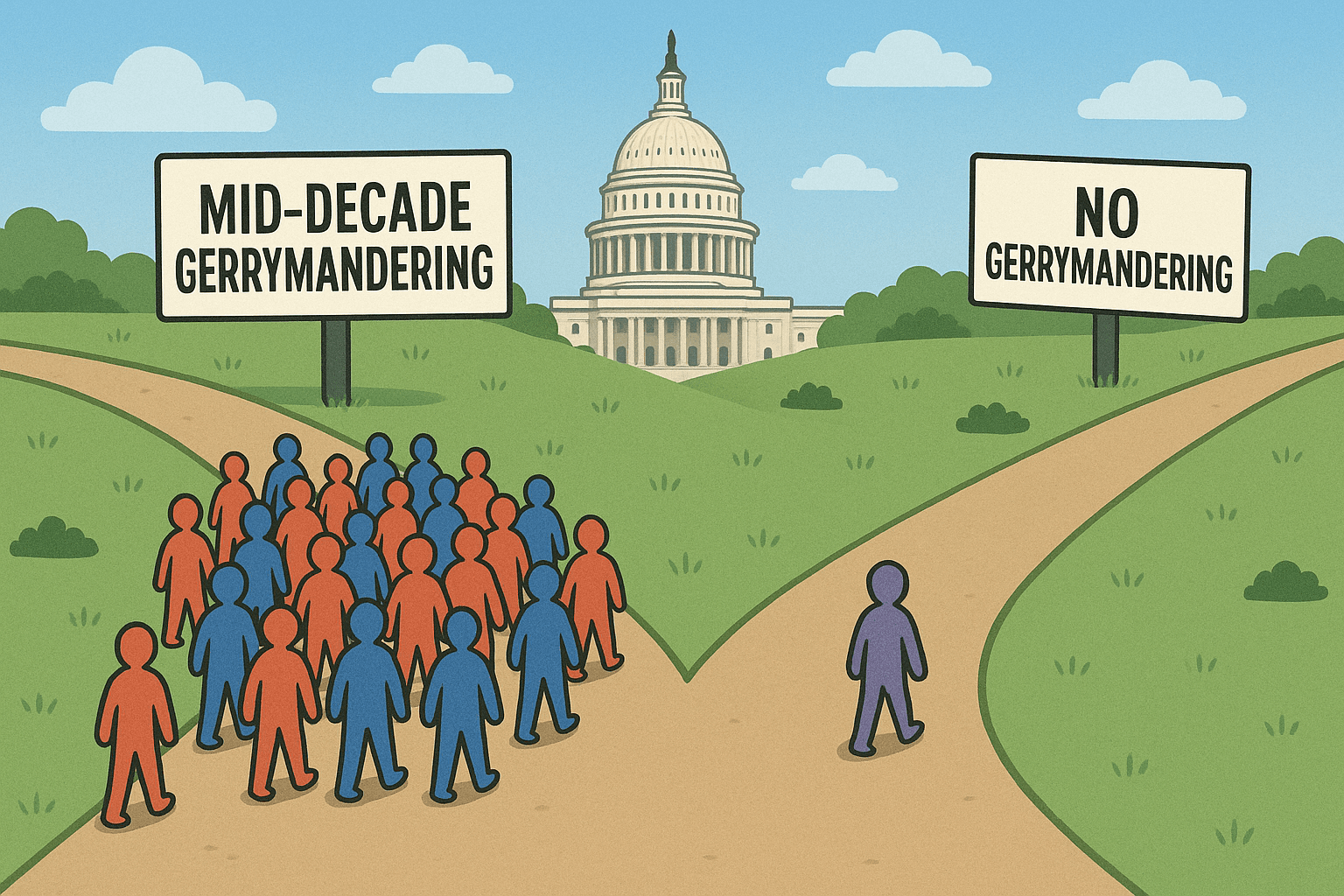Why Term Limits Won't End Partisanship in Washington

In 1946, after winning control of both the U.S. House of Representatives and the Senate for the first time in 14 years, Republican legislators set about establishing term limits for the office of President of the United States. The Twenty-Second Amendment to the United States Constitution was passed and later ratified largely because of the unprecedented four-term presidency of Franklin Delano Roosevelt.
The amendment has survived for over 60 years and prevents two-term presidents from running for a third consecutive term.Now, some would suggest a similar course of action be taken with regard to term limits in Congress and for Supreme Court justices, and the American public is certainly supportive of the idea.
A January 2013 Gallup poll showed that 75 percent of Americans support term limits for members of Congress. Republicans are most likely to favor congressional term limits (82%), with independents close behind (79%). Democrats may not be as likely (65%), but the chances of talking to a Democrat who supports term limits is still great.
Jeff Crouere, writing for Townhall.com, perhaps best summarizes the reasoning behind such restrictions:
"With term limits, the country would witness the influx of new and talented public servants who would offer a fresh perspective on Capitol Hill. With the old guard gone, some of our intransient problems may finally be solved."
While congressional term limits may sound like a reasonable solution to the problems of government gridlock and corruption, they would simply fail to address these problems.
Start by looking at the issue of government gridlock. Establishing term limits for members of Congress would not mean that those House or Senate seats impacted by the change would somehow become more competitive. Take the current top-ten longest serving members of Congress as an example:
1. John Dingell (D-MI) (58+ years in Congress)
2. John Conyers (D-MI) (49+ years in Congress)
3. Charles Rangel (D-NY) (43+ years in Congress)
4. Thad Cochran (R-MS) (41+ years in Congress)
4. Don Young (R-AK) (41+ years in Congress)
6. Patrick Leahy (D-VT) (39+ years in Congress)
6. Chuck Grassley (R-IA) (39+ years in Congress)
6. Tom Harkin (D-IA) (39+ years in Congress)
6. George Miller (D-CA) (39+ years in Congress)
6. Henry Waxman (D-CA) (39+ years in Congress)
These congressmen all won their most recent elections with an average of 68.23 percent of the vote. Term limits will have little effect on the outcome of these elections because there are other factors at work, like gerrymandering, that will keep the chances of more competitive elections low.
Even when these congressmen retire, their seats are still likely to remain in their party's hands. Congressional term limits, when considered from this perspective, would be useless if the goal is to have more competitive congressional elections.
There is another compelling question that advocates of congressional term limits must answer: where should the limits be placed? One of the more common proposals would be to have a limit of 2 terms on Senate seats, and 6 terms on House seats. That way, members of Congress would be able to serve a combined total of only 24 years, as opposed to Dingell's 5-plus decades.Again, it does not matter where the term limits would be set if the fundamental problem -- that of noncompetitive congressional races -- is left untreated. Long-serving members of Congress are able to keep their seats because of high concentrations of voters from the same party in their districts.
In some cases, members from one party make up a super-majority of the vote in their district, which practically ensures that whoever serves in the seat, whether a 7-term incumbent or a first-term newcomer, will probably vote the same way regardless of the term limit.
Take the 13th District in New York, represented by Charles Rangel (D), as an example.
In November 2012, the state of New York provided information about voters' party affiliation in each congressional district. In Rep. Rangel's district, roughly 78.57 percent of active voters were Democrats. This means that even if congressional term limits were to force Charles Rangel to retire, he would likely be followed by someone who would cast the same vote.
In the end, one of the primary causes of partisanship in Washington is the lack of competitive congressional districts, and this is more the fault of gerrymandering than of career politicians.
Even if congressional term limits are created, districts with long-serving members of Congress will continue to remain noncompetitive. However, if supporters of congressional term limits were to instead concentrate on the issue of gerrymandering, we could come one step closer to finding the solution to ending political gridlock in Washington.




